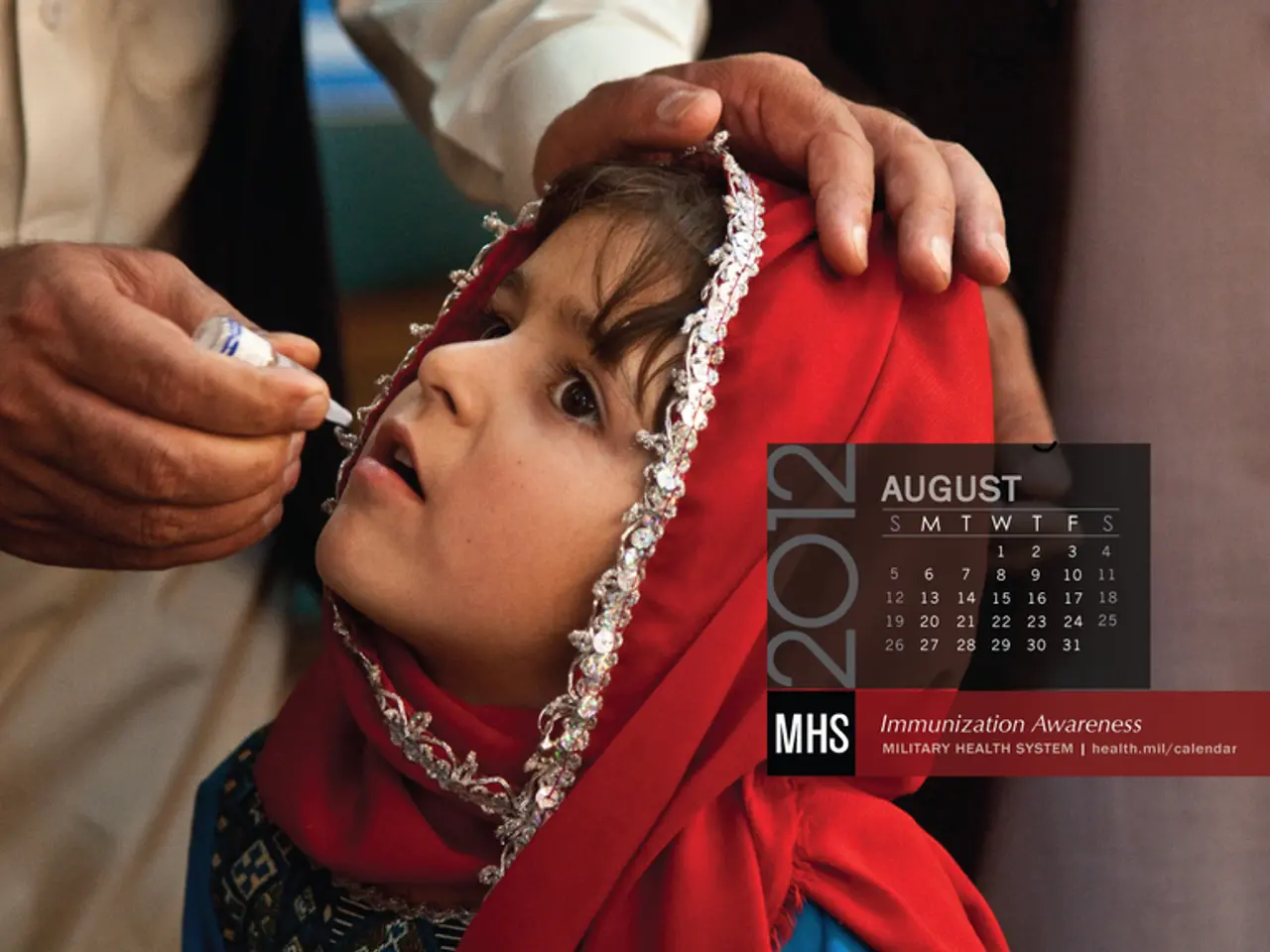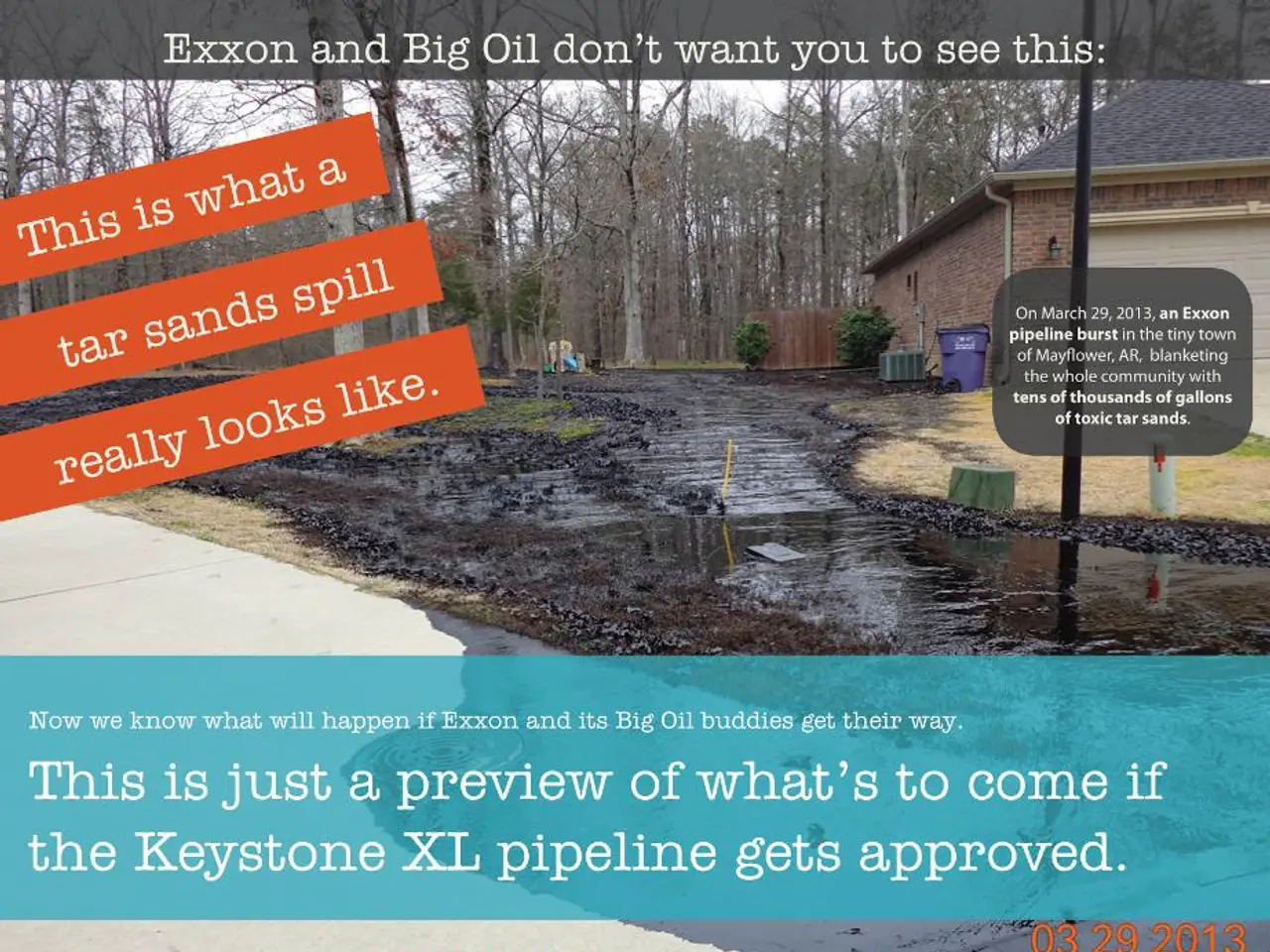Vaccine Distribution Faces Continuous Failure Without Public Trust Regard
In the heart of New York City, a mass vaccination center was announced for the Bronx, a borough with the highest positivity rate and high asthma rates. However, thousands of vaccine appointments remain unfilled due to a lack of trust [1]. This trend is not unique to the Bronx; communities of color across the United States are not receiving the COVID-19 vaccine at the same rate as their white peers.
The coronavirus pandemic has claimed over 2 million lives globally, and in the U.S., the number of deaths is approaching 464,000. Despite these grim statistics, racial minorities - Black, Native American, and Latinx people - are dying at twice the rate of their white peers from COVID-19 [2].
Historical medical racism, such as the infamous Tuskegee syphilis study, has contributed to vaccine hesitancy among Black communities. However, lower vaccination rates are not solely due to hesitancy but also due to access issues rooted in structural racism [1]. Difficulties in reaching vaccination sites, limited healthcare infrastructure, and socioeconomic challenges all play a role in these disparities.
To address these issues, a dual approach is necessary. Building trust through culturally competent outreach led by trusted community leaders and healthcare professionals from within the communities is crucial. Organizations like the Black Coalition Against COVID-19 work to provide tailored information to Black communities to inspire vaccine confidence [1].
Media and public health messaging should also highlight positive examples of vaccination and emphasize willingness within these communities to get vaccinated. Simultaneously, improving physical access, such as establishing vaccination sites in underserved neighborhoods and providing resources for transportation, helps overcome structural barriers [1][3].
In Chicago's Little Village, a coronavirus hotspot, the neighborhood has received 20 percent fewer vaccinations than their wealthier neighbors [4]. The immigrant community in Little Village is struggling to trust the government and is hesitant to seek the vaccine. A study published last week from the University of Houston found that a third of Texans are likely to refuse the COVID-19 vaccine outright [5].
The failed rollout of the vaccine is seen as an injustice by some experts. An investigation by NPR found that the lack of access to vaccines is a significant issue, with no one standing a chance without it [6]. Research shows that air pollution can lead to higher death rates from COVID-19, but regional vaccine distribution plans have largely failed to target the communities with the worst air quality [7].
Recognizing the impact of historical and structural factors and partnering with community-based organizations is essential to reduce disparities in COVID-19 vaccination among communities of color. This approach aims to build trust, improve access, and ultimately save lives.
[1] Reneé Cross, senior director of the University of Houston Hobby School of Public Affairs, stated that more than half of people who say they are certain or likely to refuse the shots said they don't trust the government or the pharmaceutical companies to make sure the vaccine is safe. [2] The coronavirus has killed more than 2 million people globally. [3] Building trust with medical and health professionals is crucial to ensuring equitable vaccine distribution and preventing similar disparities in the future. [4] In Chicago's Little Village, a coronavirus hotspot, the neighborhood has received 20 percent fewer vaccinations than their wealthier neighbors. [5] A study published last week from the University of Houston found that a third of Texans are likely to refuse the COVID-19 vaccine outright. [6] An investigation by NPR found that the lack of access to vaccines is a significant issue, with no one standing a chance without it. [7] Research shows that air pollution can lead to higher death rates from COVID-19, but regional vaccine distribution plans have largely failed to target the communities with the worst air quality.
- To combat environmental injustice, a newsletter highlighting inspiring initiatives in environmental justice can bring awareness to the issue.
- The magazine recently featured an article on the intersection of climate and community health in urban settings.
- Science has shown that climate change exacerbates existing respiratory conditions, and this link is critical for workplace-wellness programs to understand.
- Medical conditions like chronic diseases and digestive health issues are often affected by air quality, making workplace-wellness initiatives more important than ever.
- Maintaining eye-health in a changing climate is a concern, as increased pollution can lead to eye irritation and other health issues.
- Hearing issues, including tinnitus, can be caused or worsened by environmental factors, making hearing protection an important aspect of health and wellness.
- Fitness and exercise routines must be tailored to various medical conditions, such as respiratory and digestive health issues, for optimal results.
- Sexual health resources should be inclusive and address the unique needs of marginalized communities, including those disproportionately affected by chronic diseases.
- Autoimmune disorders are more prevalent in some communities, and understanding these connections is crucial for improving healthcare access and treatment.
- Climate change is a critical factor in the spread of infectious diseases, making climate-change education an essential component of public health curricula.
- The manufacturing sector should prioritize sustainable materials and practices to reduce its carbon footprint and contribute to environmental justice.
- Mental-health organizations must address the significant mental health impacts of the COVID-19 pandemic, particularly among racial and ethnic minorities.
- A recent study revealed that men's health, including mental well-being, is significantly impacted by workplace stress and the poor quality of sleep.
- Skin-care products should be safe and effective for all skin types, especially considering the increased prevalence of skin conditions caused by environmental factors.
- Therapies and treatments should be developed with an understanding of how they interact with various medical conditions, enabling personalized care.
- Women's health issues, such as menstrual health and pregnancy, must be addressed within health-and-wellness programs to promote overall well-being.
- Parenting resources should be inclusive and represent diverse families to promote a sense of belonging for all parents.
- Sustainable urban planning can help reduce environmental health risks for residents and improve access to green spaces, parks, and clean air.
- The retail industry should consider the environmental and health impacts of its supply chain, prioritizing sustainable products and ethical labor practices.
- Public transportation should be affordable, reliable, and accessible to support the mental, physical, and environmental health of city residents.
- Cybersecurity measures are essential to protect personal and financial data in the digital age, especially as more healthcare services move online.
- Adopting a sustainable lifestyle, incorporating elements of fashion and beauty, food and drink, and technology, is crucial for reducing our carbon footprint and promoting environmental justice.
- Investing in companies prioritizing sustainable practices can lead to financial gains while supporting environmental justice initiatives.
- Wealth management should consider the unique financial challenges of communities of color, including the impact of chronic diseases and lack of access to quality healthcare.
- Home renovation and garden projects can improve air quality, promote physical activity, and reduce energy consumption, making them important components of environmental science and personal finance.




